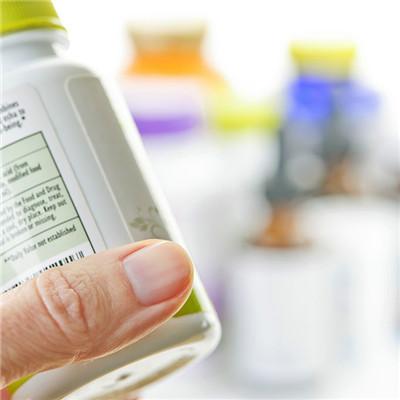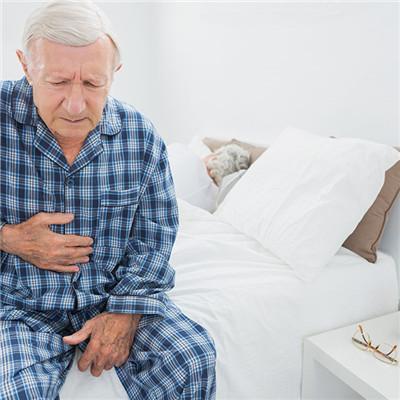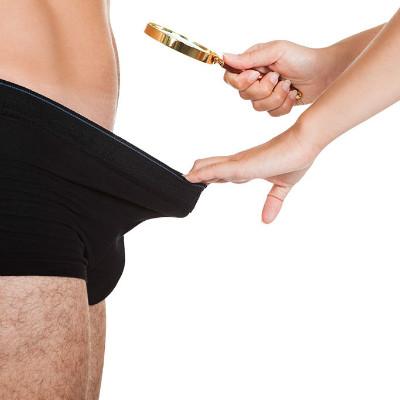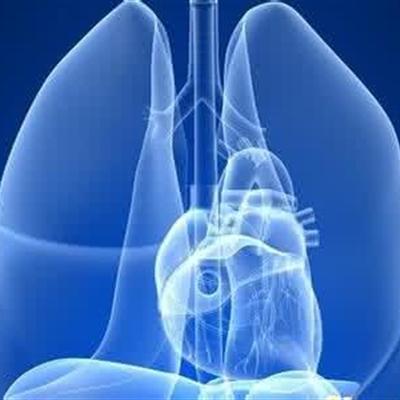What symptom is periodontal ligament injury?
summary
Periodontal ligament is located in the dense connective tissue between the root and alveolar bone. It contains thick collagen fiber bundles. One end of periodontal ligament is embedded in the cementum, and the other end extends into the alveolar bone. It can fix the root and relieve the pressure during chewing. The periodontal ligament of the elderly is often atrophied, causing tooth loosening or falling off. What symptom is periodontal ligament injury? Let's talk about it
What symptom is periodontal ligament injury?
Toothbrushing bleeding is the earliest and better symptom of gingival inflammation. Gingival abscess due to acute inflammation, there will be symptoms of gingival swelling and pain. When the patient came to see a doctor, there was a "big bag" on the gum, which may have just started, or may have been swollen repeatedly. This is the "periodontal abscess" caused by periodontitis. Halitosis is a common oral disease, there are many causes of halitosis, periodontitis is an important reason. Periodontitis can cause gingival bleeding, tissue inflammation, metabolites produced by pathogenic bacteria can cause halitosis.
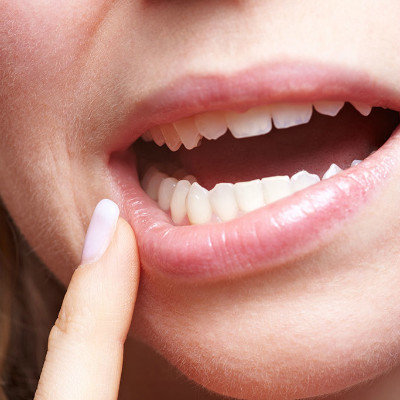
Periodontal disease can cause gingival swelling, and in general this swelling and destruction is not painful. Tooth loosening is a sign of severe inflammation to a certain extent. Some loose teeth can be relieved after treatment, while some may not have obvious effect. Such teeth will more or less affect your quality of life when chewing. Periodontal disease can cause more and more teeth, especially the displacement of upper and lower anterior teeth.
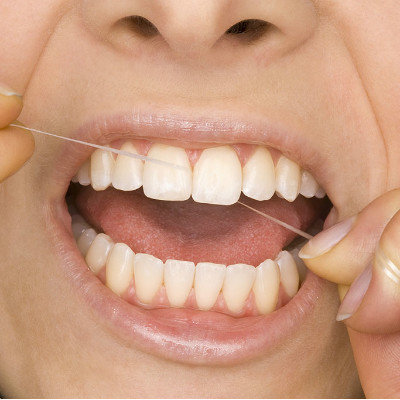
Plaque refers to the microbiota adhering to the surface of teeth, which cannot be removed by gargling or water washing. It has been recognized that plaque is the initiating factor of periodontal disease and the main pathogenic factor of periodontal disease. Dental calculus is the mineralized plaque deposited on the tooth surface. Dental calculus can be divided into supragingival calculus and subgingival calculus according to their depositional location and properties. Supragingival calculus is located on the tooth surface above the gingival margin, which can be seen directly by naked eye. Systemic factors include endocrine disorders, eating habits, blood diseases, etc.

matters needing attention
1. The most basic and economical way to protect teeth health is to brush teeth effectively to remove food residue and dental plaque, and massage gums; 2. The correct brushing method is vertical brushing or brushing. Brushing means that the toothbrush is at a 45 degree angle with the tooth surface and vibrates and rotates horizontally in a small range; 3. Brush 3 times a day, 3 sides of each toothbrush, lasting for 3 minutes each time; 4. Choose the toothbrush and toothpaste containing fluoride;

